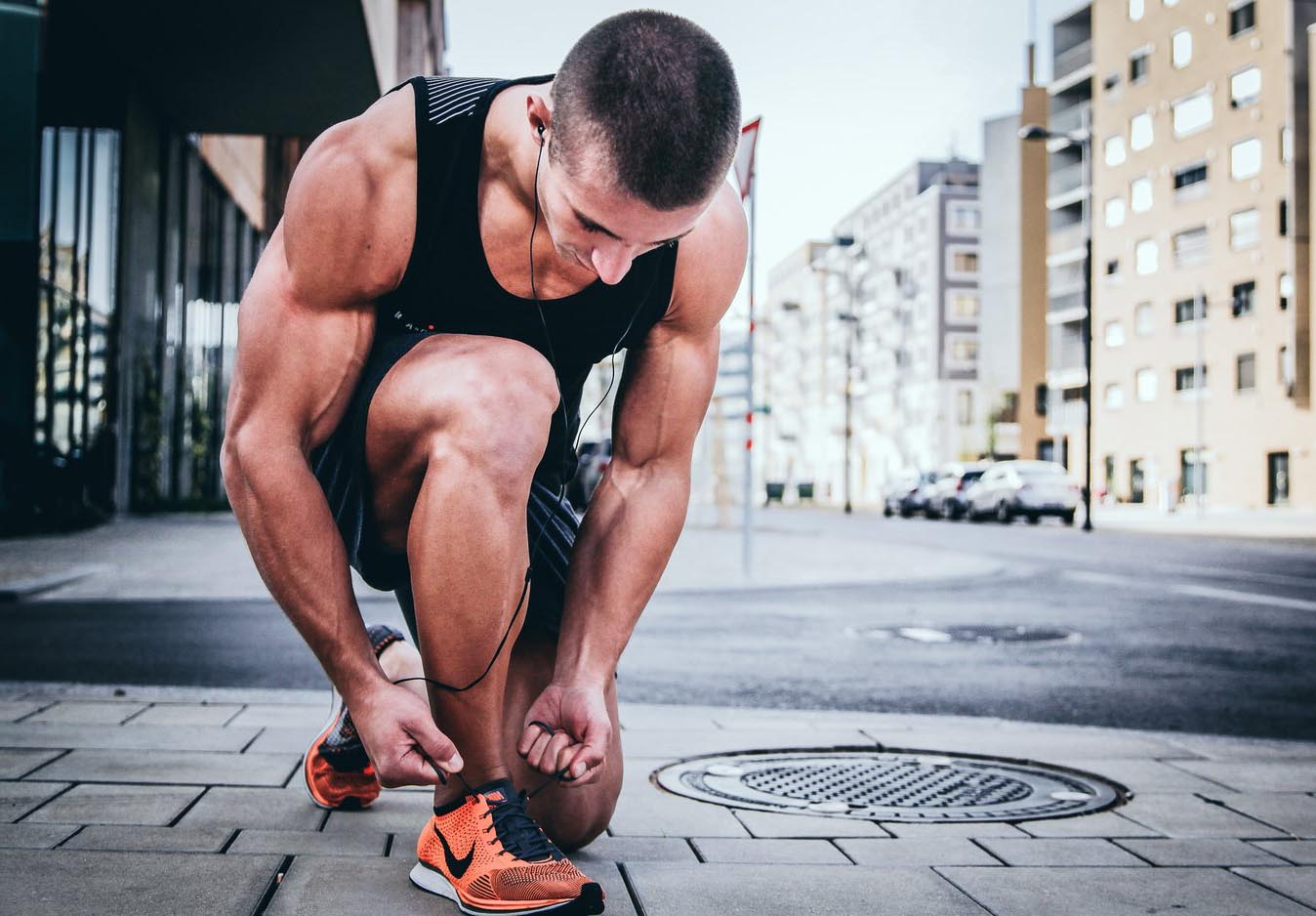
When it comes to the world of Sports, Bodybuilding, and even everyday life, injuries will play some role in your life. Whether you like it or not, at some point you’re going to tear something or strain a muscle, and you’ll want to recover as soon as possible.
How does one do that? Well, you could invest in some healing Peptides. What are those? Well, they have revolutionized the fitness world, allowing people to perform harder, for longer. Let’s dig in.
Peptides are referred to as Amino Acids bound together by Peptide Bonds. No, this does not make Peptides proteins, and they do not act the same way. Peptides have certain chains and sequences of certain Amino Acids (between 2 – 50) that give them certain traits when administered to the body.
We actually find them in nature within all sorts of protein-rich food, however, as you well know, the Peptides we are talking about today are not the Collagen and Creatine ones. We’re talking about injecting (or drinking) a certain Amino Acid Peptide chain that will elicit a certain response at various spots throughout the body.
Peptides will work in certain mechanisms based on what the Amino Acid sequence looks like. If you take something like Human Growth Hormone, then it will have specific effects on the body. There are a few different categories of Peptides available on the market today:
And then, of course, Healing Peptides.
Healing Peptides are Peptides specifically designed to help with recovery from sports injuries or even ailments from daily life. They will help with healing broken down contractile tissue, or even with ligaments and tendons. Let’s look at the best ones you can get your hands on:
The McDaddy of the Peptide world, commanding respect everywhere it goes. Human Growth Hormone is also known as Somatropin and has various uses from physiological benefits such as increased fat loss, increased IGF-1 levels which can lead to increased hypertrophy, and then of course recovery and healing.
The hypothesis behind Growth Hormone being effective for healing is that HGH would help fight muscle atrophy whilst in the recovery period, and a study published in 2020 proved exactly this. Compared to the placebo group, the Growth Hormone group saw a 29% increase in strength. This means that when you’re dealing with an injury that will take time to heal, Growth Hormone might fight muscle atrophy in the injured area.
Growth Hormone dosing for injuries will depend from person to person, however 1 – 3 Units before bed will do perfectly.
Classified as a Pentadecapeptide, a chain of 15 Amino Acids. Originally isolated from Gastric Juices, there is quite a lot of evidence to show that this Peptide can be revolutionary when it comes to healing. Not only this but because of the source, this Peptide has also been shown to aid in individuals suffering from Gastric distress.
The main mechanism by which BPC will help you with recovery is a process called Angiogenesis. Angiogenesis is the process in which new blood vessels are formed. BPC has also been shown to fight inflammation quite a bit. Studies have shown that this process can help in the recovery of skeletal muscle. There is also a large amount of growing scientific evidence showing the effectiveness of BPC-157 in recovery for multiple soft tissue parts of the body.
Dosing for BPC-157 will depend greatly upon the injury type and placement, 200-400 mcg/day until the injury is healed should be fine.
Thymosin Beta-4 is actually a synthetic variation of a naturally occurring Peptide in all humans and most living animals. There are particularly two Thymosins we want to focus on when it comes to the aspect of healing: thymosin α1 and thymosin beta-4. Similar to BPC-157, TB-500 will stimulate Angiogenesis in the body, which of course has been found to help with wound healing [2].
TB-500 works by increasing cell-building proteins in the body. By doing, TB-500 can increase the amount of Cell Building, Cell Growth, Cell Migration, and the Proliferation of Cells. This, combined with the Angiogenesis and anti-inflammatory response, makes TB-500 one of the best Peptides for someone looking to decrease healing time after an injury.
Again, the dosage here will depend on the size and severity of the injury, but following a Loading phase for 4-6 weeks, at 5-10 mg/week followed by a Maintenance phase at 2-5 mg/week should do. It has to be said that dosing is usually influenced by body weight.
As with most things in life, if it’s worth doing, it’s worth overdoing. The same applies to these two healing Peptides, and as many already have found, combining these two will yield the best results. Because TB-500 and BPC-157 work by slightly different mechanisms, combining them can create a synergy for you to benefit from.
TB-500 seems to illustrate a systemic effect, meaning that the injection will work regardless of where the site is. BPC will work localized, meaning the injection needs to be at the pain point. Whereas BPC increases Actin production, TB will distribute actin more efficiently. There are really no studies combining these two to study the synergy, however, when looking at anecdotal evidence from the fitness community, using these two together is a home run.
Dosage is simple, at 400-800 mcg/day.
The reality is, we will all age. We will all become fragile, and we will all reach a point where injuries become more prevalent. If you are someone who is either looking to improve their recovery periods or even just avoid muscular atrophy whilst out on the sideline, these Peptides might find their way into your life.
Powerlifters are one of the groups of people I’ve seen benefit from these the most, as they are constantly battered and bruised from smashing weight records.
References:
Join our Preferred Customer Club and
Save 10% on Your First Order!
© 2022. All Rights Reserved. | Designed by Flinnwest Solutions – Marketing Agency